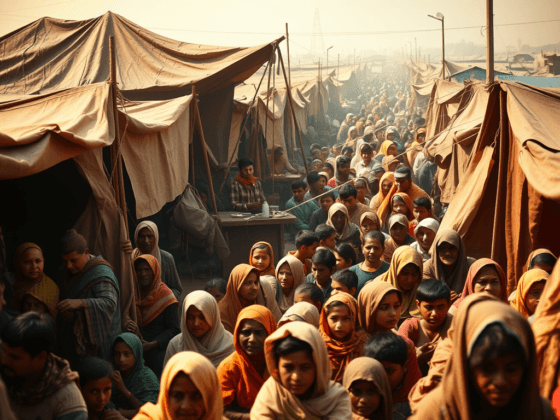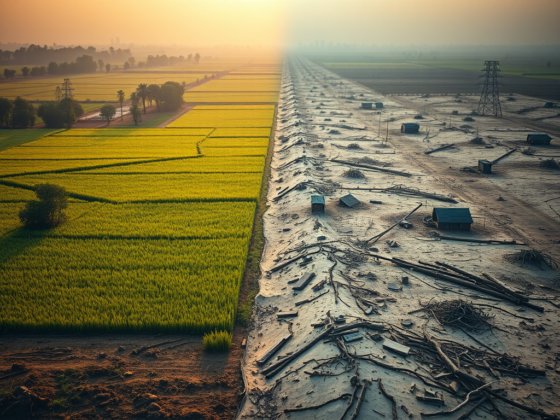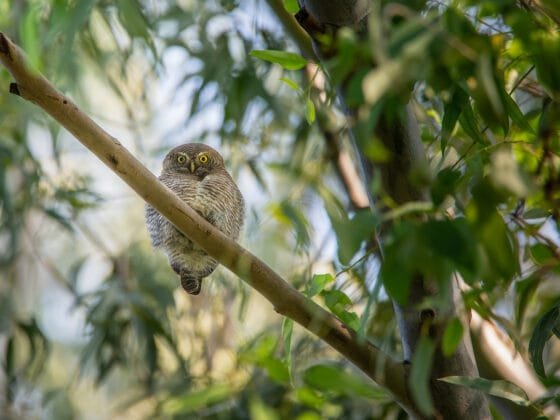Punjabi culture, known for its warmth, hospitality, and resilience, has a rich history spanning thousands of years. It thrives in the Punjab region, divided between India and Pakistan, and is shared by over 100 million people worldwide.
Roots and Language:
- Ancient Origins: Punjabi culture has roots in the Indus Valley Civilization, dating back to 3300 BCE. Influences from various empires and religions have shaped it over time.
- The Punjabi Language: Punjabi, an Indo-Aryan language, is spoken by over 130 million people worldwide. Gurmukhi script is used in India, while Shahmukhi is used in Pakistan. Punjabi, the 10th most widely spoken language globally, is the backbone of Punjabi culture.
Hallmarks of Punjabi Culture:
- Warm Hospitality: Punjabis are renowned for their welcoming nature and generosity. Guests are considered representatives of God (Atithi Devo Bhava) and treated with warmth.
- Community Spirit: The concept of “Punjabiyat” emphasizes strong community bonds and helping each other. Villages traditionally have a strong sense of collective identity.
Expressions of Punjabi Culture:
- Folk Music and Dance: Bhangra, a high-energy dance form with dhol beats, is a symbol of Punjabi exuberance. Giddha, a lively women’s dance, is another well-known form. Soulful Sufi music and romantic folk songs are also integral.
- Colorful Clothing: Punjabis take pride in their attire. Men wear colorful turbans (pagri) and kurtas (tunics), while women wear brightly colored salwar kameez suits with dupattas (scarves).
- Festivals and Food: Punjab celebrates numerous festivals throughout the year. Baisakhi, the harvest festival, is a joyous occasion with food, music, and dance. Punjabi cuisine is rich and flavorful, with butter chicken, tandoori dishes, and lassi being some of the popular staples. Hearty dishes like Sarson Ka Saag, Makki Ki Roti, and Tandoori Chicken showcase Punjabi hospitality.
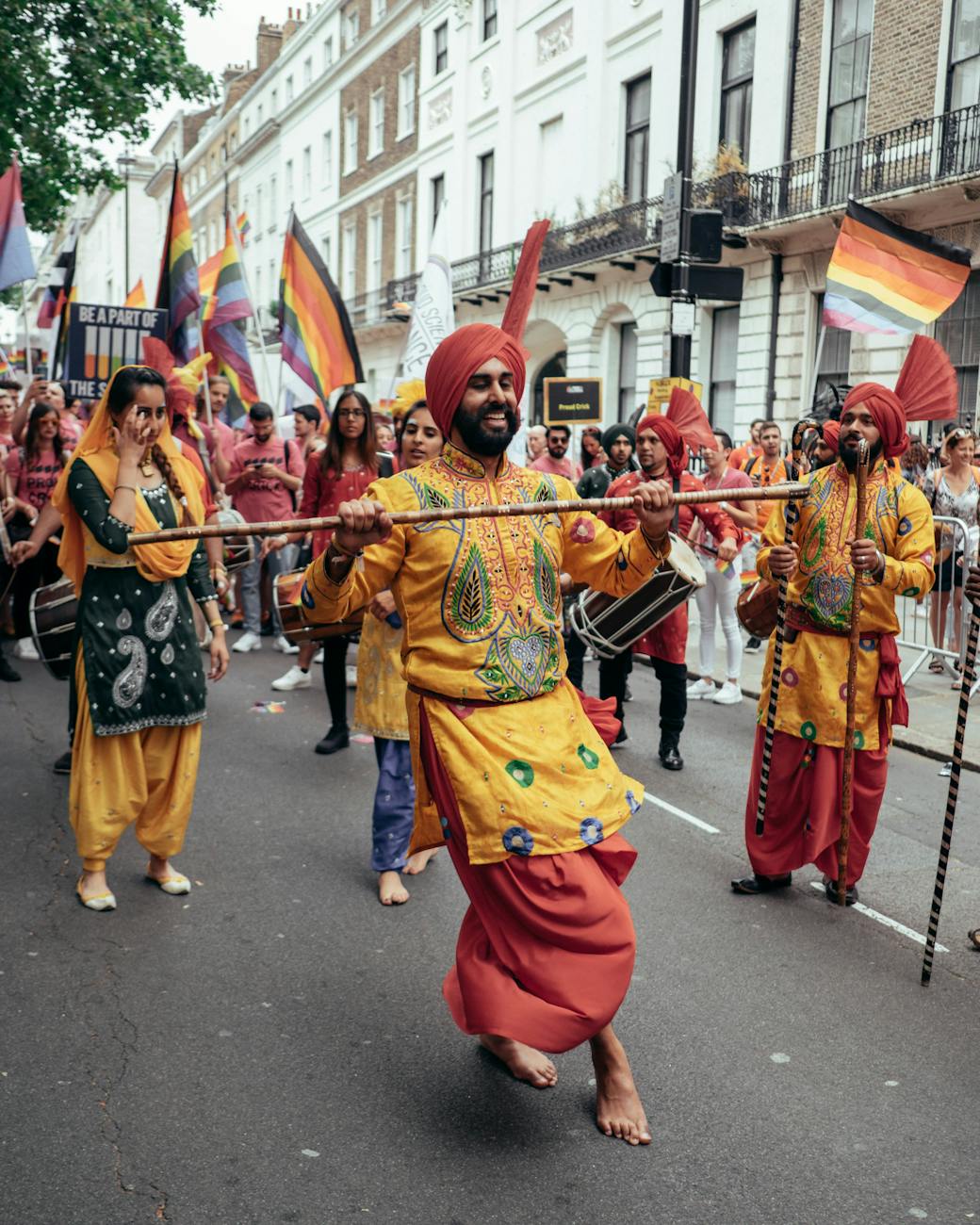
Religion and Spirituality:
- Sikhism: The prominent religion in Punjab is Sikhism, founded by Guru Nanak Dev in the 15th century. Sikhism emphasizes equality, social justice, and serving the community (langar). The Golden Temple (Harmandir Sahib) in Amritsar is the holiest shrine for Sikhs.
- Religious Harmony: Despite Sikhism being dominant, Punjab has a history of religious tolerance. Hinduism and Islam also have followings in the region.

Beyond Borders:
- Global Punjabi Diaspora: Punjabis have a significant presence worldwide, especially in North America, the UK, and Southeast Asia. They carry their culture and traditions, keeping Punjabi culture alive internationally.
Traditions
- Joint Family System: Close-knit families are a cornerstone of Punjabi culture.
- Respect for Elders: Elders are revered for their wisdom and experience.
- Hospitality: Guests are treated with warmth and generosity.
- Hard Work: Punjabis are known for their diligence and entrepreneurial spirit.
Art and Craft
- Phulkari: Traditional embroidery adorns clothing and textiles.
- Punjabi Architecture: Mughal-style monuments, Sikh gurudwaras, and colonial-era buildings showcase the region’s rich history.
- Folk Instruments: Dhol, Tumbi, and Algoza are integral to Punjabi music.
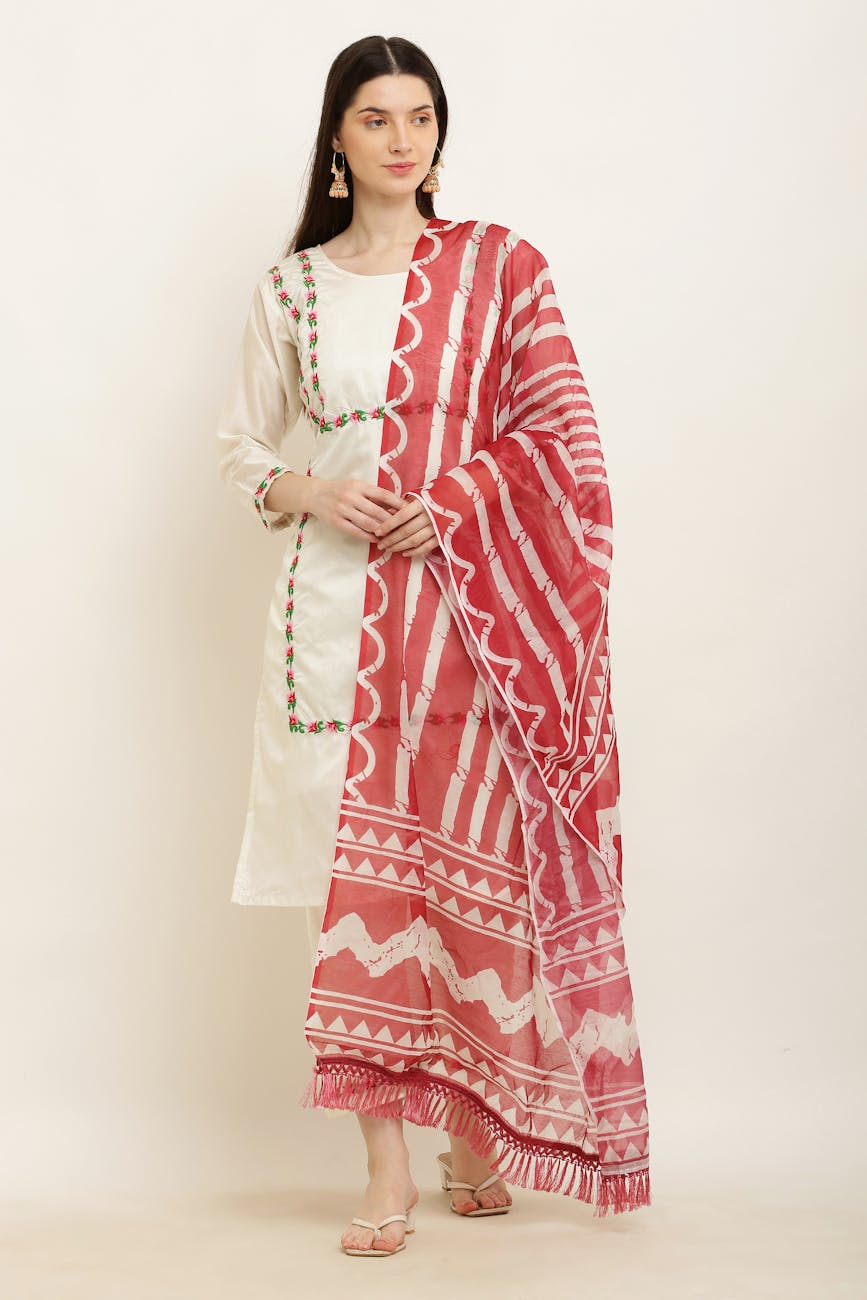
Modern Influence
- Globalization: Punjabi culture has spread worldwide, influencing music, cuisine, and fashion.
- Social Media: Punjabi artists, writers, and influencers showcase their heritage online.
- Cultural Exchange: Collaborations between Indian and Pakistani artists promote cross-border understanding.
Challenges
- Cultural Homogenization: Globalization threatens traditional practices.
- Language Preservation: Efforts are needed to promote Punjabi language and literature.
- Regional Divide: Historical divisions between India and Pakistan impact cultural exchange.
Conclusion
Punjabi culture’s resilience and adaptability have ensured its survival across centuries. As a vibrant and rich heritage, it continues to inspire and unite people worldwide.
Punjabi culture is a dynamic tapestry woven with history, traditions, and a zest for life. Its warmth, vibrancy, and emphasis on community continue to captivate people around the world.
References
- Singh, K. (2018). The Punjab Heritage.
- Purewal, S. (2019). Sikh and Punjabi Heritage.
- Punjab Government. (2022). Punjabi Culture.
Additional Resources
The Punjabi Cultural Association. (2022). Promoting Punjabi Culture.
Punjabi University. (2022). Punjabi Language and Literature.
Punjab Tourism. (2022). Cultural Heritage.

 Add to favorites
Add to favorites




